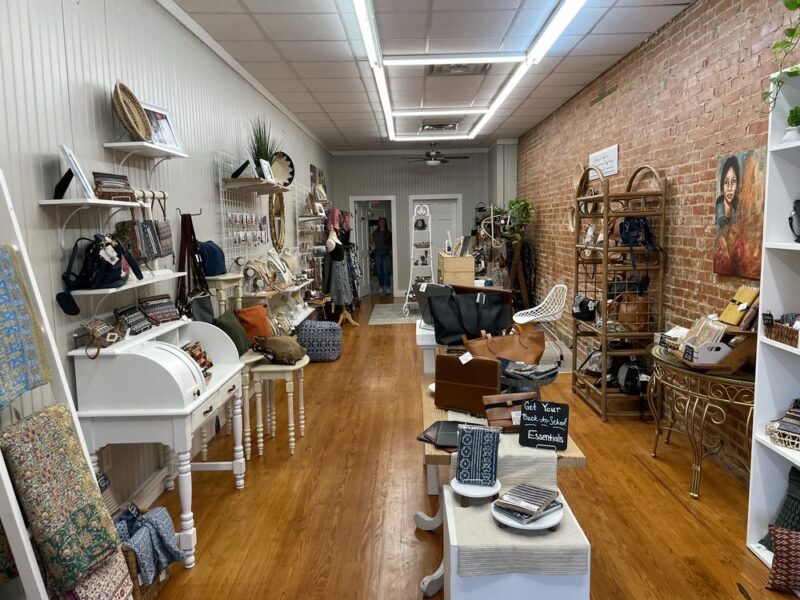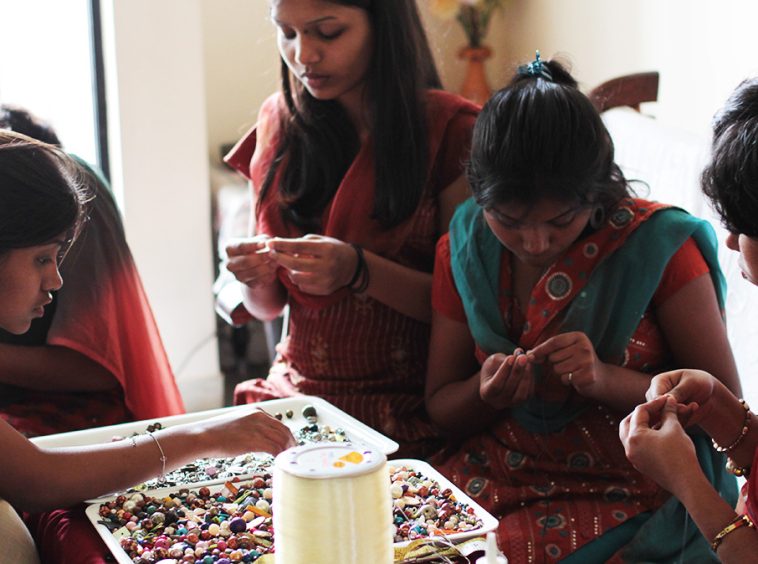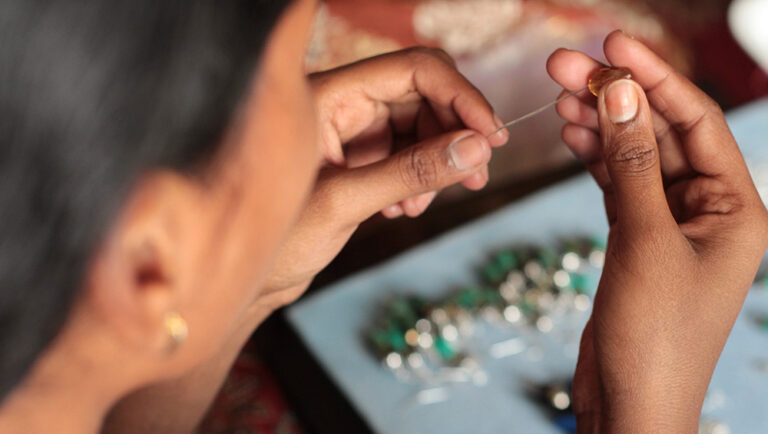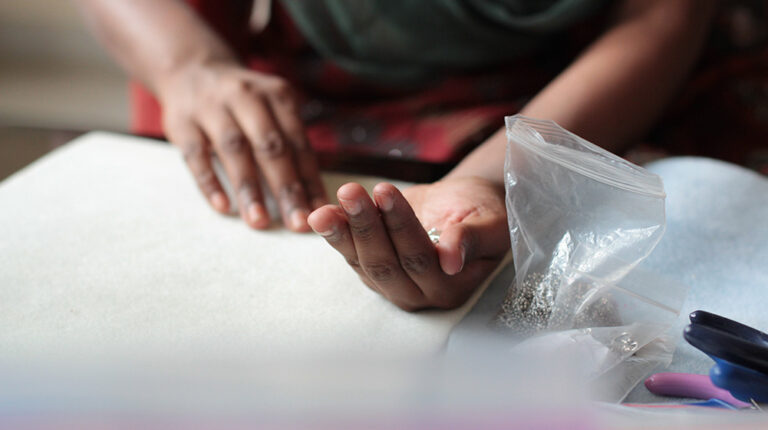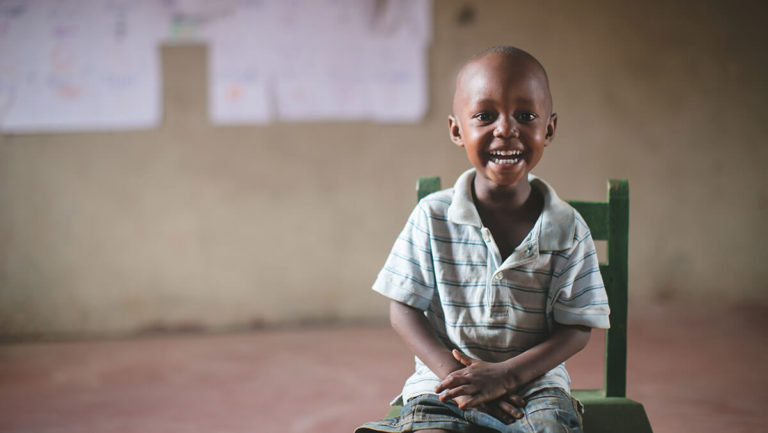Mission
Hope’s Gate is dedicated to empowering orphans, victims of human trafficking, and vulnerable individuals worldwide. Through vocational training, fair wages, and educational support, the initiative helps participants rebuild their lives with dignity and hope.
Programs and Activities
- Jewelry-Making Training: In partnership with shelters and safe houses across India, Uganda, and the Middle East, Hope’s Gate provides jewelry-making workshops. Participants earn fair wages for their handcrafted pieces, fostering financial independence and reducing susceptibility to exploitation.
- Retail Outreach: In 2016, Hope’s Gate opened a store near downtown Wylie, Texas, to sell handcrafted jewelry and raise awareness about human trafficking. In 2020, the store expanded to a larger downtown location, enhancing community engagement and financial sustainability.
- Educational Support: Established in 2017, the Hope’s Gate Education Fund provides scholarships for artisans, enabling them to pursue higher education. In 2018, seventeen students received full scholarships, breaking the cycle of poverty through academic opportunities.
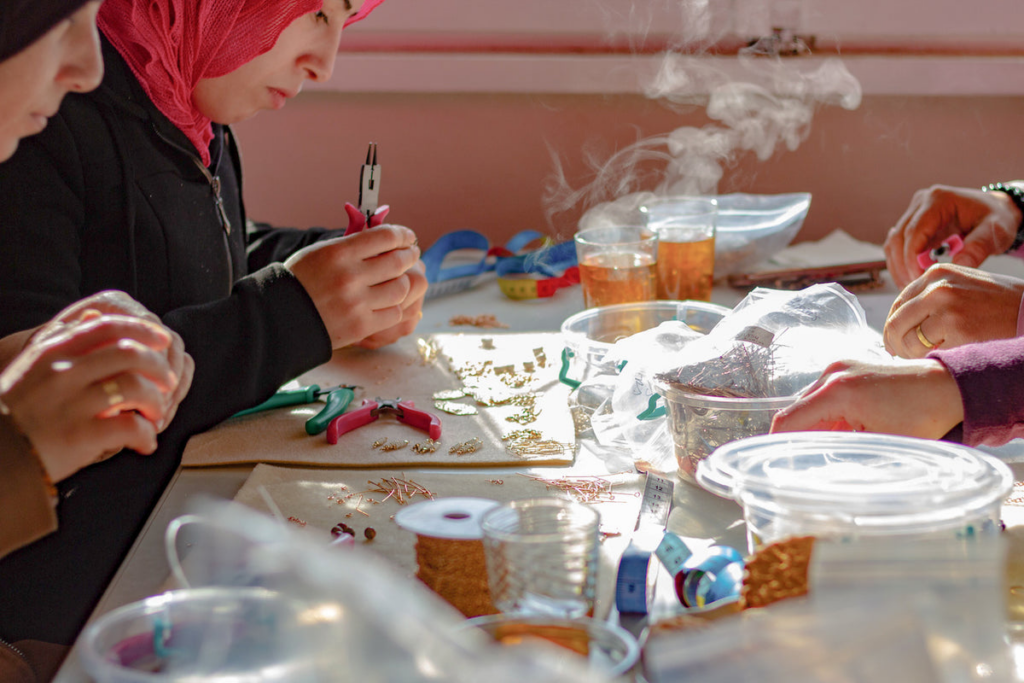
-
Community Impact
Hope’s Gate has transformed the lives of many by offering vocational training, fair wages, and educational opportunities. Through its holistic approach, the organization empowers individuals to achieve self-sufficiency while engaging local communities in the fight against global exploitation.
Support and Sustainability
The success of Hope’s Gate relies on the generosity of donors and partners. Contributions help sustain daily operations, expand training programs, and reach more individuals in need. Collaborations with organizations like Streams of Mercy ensure that donations directly support the project’s mission.
Get Involved
You can make a meaningful impact in the lives of orphans, victims of human trafficking, and vulnerable individuals by supporting Hope’s Gate. Your contributions provide vocational training, education, and fair wages, offering hope and a future to those in need.
